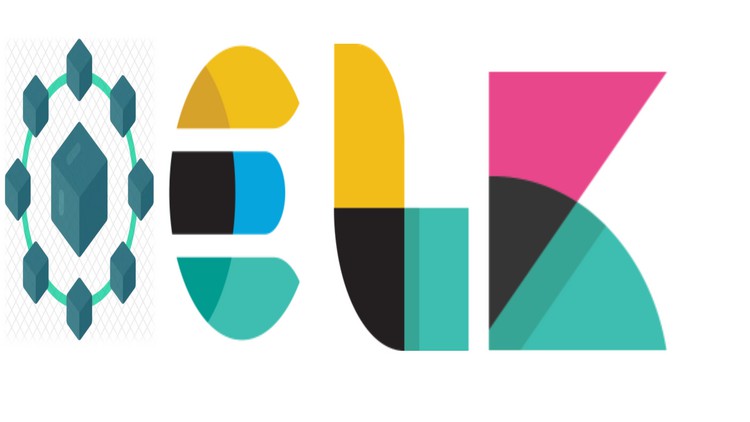
Complete guide to build enterprise edition application end to end
What you will learn
3rd Course of Getting Started with Microservices using Clean Architecture
Learn how to implement Logging
Learn how to implement Serilog
Learn how to use Serilog Sink
Learn how to implement co-relation id across microservices
Learn how to implement Microsoft Logging Abstractions
Learn how to centralize logging using ELK Stack
Learn how to implement Tracing
Learn how to implement enrich log data
Learn how to implement health checks
Description
Microservices are a design pattern in which applications are composed of independent modules that communicate with each other within well defined boundaries. This makes it easier to develop, test, and deploy isolated parts of your application. If you are coming on this course directly, I suggest follow the Learning path as mentioned below to understand the entire picture.
1. Getting Started with Microservices using Clean Architecture
2. Securing Microservices using Identity Server 4
3. Implementing Cross Cutting Concerns (Current Course)
4. Versioning Microservices
5. Building Angular Application for MicroServices
6. Deploying Microservices to Kubernetes and AKS
Coupon Code:- 2FF2F8ED3851504C9432
In the earlier section, you would have already learnt plethora of technologies while designing Microservices and implementing Identity Server. During that learning journey you must have designed Microservices module using clean architecture. In this course, you will learn how to implement cross cutting concerns like Logging. While doing so, you will first understand what is logging and how to get started with it. Once, you are comfortable with that, then you will learn advance concepts like Logs filtering at different levels and understand what to log and what not.
During that journey, you will also learn how to implement structured logging using Serilog and then centralised implementation using ELK stack. During this you will also learn how to enrich the logging experience. Then, you will be implementing your own Coorelation Id generator to coorelate between microservices.
This course is part of Microservices series where in you will learn all minute details related to Microservices. During this learning path, you will learn how to connect the dots using different technologies and tooling. This course “Implementing Cross Cutting Concerns” is the third edition of the series. In this course, you will be implementing following things:
- Introduction
- Introduction
- Architecture Overview
- Branching Strategy
- Adding Logging to Console
- EShopping Project Structure
- ASPNet Core Logging Concepts
- Understanding LogLevel
- Filtering Log Messages
- Implementing ILogger in Catalog Controller
- Filtering Microsoft.Hosting.Lifetime Messages
- Logging Messages from Application
- Logging Application Exception
- Adding Common Logging Project
- Implementing Logging Class
- Adding Serilogger to all Microservices
- Elastic Implementation
- Understanding Logging
- Understanding ELK Stack
- ELK Installation using Docker
- Elastic Search Integration
- Elastic Configuration Changes in application and Docker Compose
- Creating Index Pattern
- Visualizing Logs in Kibana
- Refreshing Index Pattern
- Tracing field missing
- Creating Correlation Id Generator
- Creating Correlation Id Middleware
- Adding Middleware in Gateway
- Adding Correlation Id in all the Microservices
- Adding Correlation Dependency
- Inspecting Correlation Context
- Enriching Serilog Data
- Formatting Exception Details
- Publishing Correlation ID in Service Bus
- Health Check Test
Content